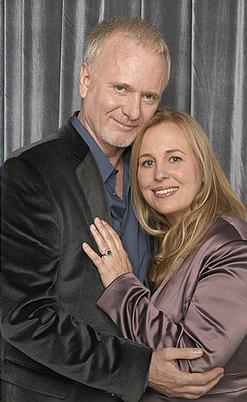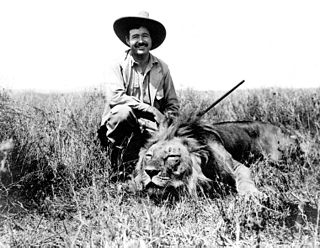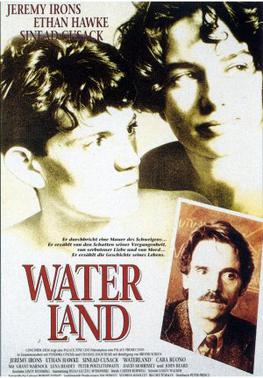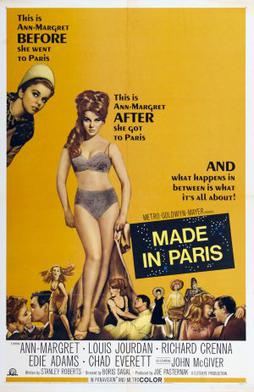Related Research Articles

The Scottish Terrier, popularly called the Scottie, is a breed of dog. Initially one of the highland breeds of terrier that were grouped under the name of Skye Terrier, it is one of five breeds of terrier that originated in Scotland, the other four being the modern Skye, Cairn, Dandie Dinmont, and West Highland White terriers. They are an independent and rugged breed with a wiry outer coat and a soft dense undercoat. The first Earl of Dumbarton nicknamed the breed "the diehard". According to legend, the Earl of Dumbarton gave this nickname because of the Scottish Terriers' bravery, and Scotties were also the inspiration for the name of his regiment, The Royal Scots, Dumbarton’s Diehard. Scottish Terriers were originally bred to hunt vermin on farms.

The Mill on the Floss is a novel by English author George Eliot, first published in three volumes on 4 April 1860 by William Blackwood and Sons. The first American edition was published by Harper & Brothers, Publishers, New York.

The Princess Diaries 2: Royal Engagement is a 2004 American romantic comedy film and the sequel to 2001's The Princess Diaries. Unlike the first film, this film is not based on any of the books.

Luke and Laura Spencer are fictional characters, and the signature supercouple from the American daytime drama General Hospital. Luke is portrayed by Anthony Geary, and Laura is portrayed by Genie Francis. Though other supercouples came before them, Luke and Laura are the best known outside of the soap opera medium and are credited with defining the term supercouple and leading other soap operas to try to duplicate their success.

"The Snows of Kilimanjaro" is a short story by American author Ernest Hemingway first published in August 1936, in Esquire magazine. It was republished in The Fifth Column and the First Forty-Nine Stories in 1938, The Snows of Kilimanjaro and Other Stories in 1961, and is included in The Complete Short Stories of Ernest Hemingway: The Finca Vigía Edition (1987).

Sarah, Plain and Tall is a children's book written by Patricia MacLachlan and the winner of the 1986 Newbery Medal, the 1986 Scott O'Dell Award for Historical Fiction, and the 1986 Golden Kite Award. It explores themes of loneliness, abandonment, and coping with change.

House of Dark Shadows is a 1970 American feature-length horror film produced and directed by Dan Curtis, based on his Dark Shadows television series. In this film expansion, vampire Barnabas Collins searches for a cure for vampirism so he can marry a woman who resembles his long-lost fiancée Josette.

The Chase is a 1946 American film noir directed by Arthur Ripley. The screenplay by Philip Yordan is based on Cornell Woolrich's 1944 novel The Black Path of Fear. It stars Robert Cummings as Chuck Scott, a veteran who suffers from hallucinations. When he returns a lost wallet to violent mobster Eddie Roman, Eddie offers to hire him as a chauffeur. Chuck becomes mixed up in a plot to help Eddie's wife Lorna run off to Havana to escape her cruel husband.

Scott "Scotty" Baldwin is a fictional character from the ABC soap opera General Hospital and its now-defunct spinoff Port Charles. The character debuted played by child actors in the 1960s until Kin Shriner assumed the role in 1977. Scotty is often remembered as part of the love triangle with Luke and Laura Spencer; when Scott's wife Laura Webber left him for Luke Spencer, his devastation led to a drastic personality change, and the character became one of General Hospital's long-running villains. However, on Port Charles, the character was portrayed in a more heroic sense.

The Love Letter is a 1999 American romantic comedy film directed by Peter Chan and starring Kate Capshaw, Ellen DeGeneres, Tom Everett Scott, and Tom Selleck. It is based on the novel by Cathleen Schine. The original music score was composed by Luis Enriquez Bacalov. The film takes place in the fictional Massachusetts town of Loblolly-by-the-Sea and was filmed in Rockport, Massachusetts.

Heartland is a Canadian family comedy-drama television series which debuted in Canada on CBC Television and originally in the United States on The CW Plus syndication on October 14, 2007. But since 2010, the show's been airing on Up TV in first-run broadcast, and still continues to be broadcast as apart of the service's weekend schedule.

Waterland is a 1992 British-American mystery drama film directed by Stephen Gyllenhaal and starring Jeremy Irons, Sinéad Cusack and Ethan Hawke. It is based on Graham Swift's 1983 novel of the same name. The film moved the contemporary location of the novel from England to Pittsburgh and eliminated many of the extensive historical asides.

Made in Paris is a 1966 American romantic-comedy film starring Ann-Margret, Louis Jourdan, Richard Crenna, Edie Adams, and Chad Everett. The film was written by Stanley Roberts and directed by Boris Sagal.

Please Murder Me! is a 1956 American film noir directed by Peter Godfrey and starring Angela Lansbury, Raymond Burr and Dick Foran. The film contains an incomplete copyright notice omitting mention of its claimant and has fallen into the public domain.
"The Window" is the tenth episode of the fifth season of the CBS situation comedy How I Met Your Mother and 98th episode overall. It aired on Monday, December 7, 2009.

What Every Woman Knows is a 1934 American romantic comedy film directed by Gregory La Cava and starring Helen Hayes, Brian Aherne and Madge Evans. The film was produced and distributed by Metro-Goldwyn-Mayer and is based on the play What Every Woman Knows (1908) by J. M. Barrie. It was filmed by Paramount back in the silent era in 1921 and stars Lois Wilson. An even earlier British silent version was filmed in 1917. Hayes was familiar with the material as she had starred in a 1926 Broadway revival opposite Kenneth MacKenna.

Lady Windermere's Fan is a 1925 American silent drama film directed by Ernst Lubitsch. It is based on Oscar Wilde's 1892 play Lady Windermere's Fan which was first played in America by Julia Arthur as Lady Windermere and Maurice Barrymore as Lord Darlington. The film is being preserved by several archives. It was transferred onto 16mm film by Associated Artists Productions in the 1950s and shown on television. In 2002, Lady Windermere's Fan was selected for preservation in the United States National Film Registry by the Library of Congress, being deemed "culturally, historically, or aesthetically significant."
Letters from Three Lovers is a 1973 made-for-television drama film directed by John Erman. An ABC Movie of the Week and a sequel to The Letters (1973), the film is co-produced by Aaron Spelling, written by Ann Marcus and stars Martin Sheen, Belinda Montgomery, Robert Sterling, June Allyson, Ken Berry and Juliet Mills, among others.

Guilty Hands is a 1931 American pre-Code crime film starring Lionel Barrymore, Kay Francis and Madge Evans and directed by W. S. Van Dyke, with uncredited assistance from Barrymore. The story concerns an attorney who murders a man who wants to marry his daughter.
It Was Him or Us, a.k.a. Love and Terror, is an American made for television film which aired on CBS in 1995. It stars Richard Grieco, Ann Jillian, Monique Lanier, and Richard Masur.
References
- ↑ Sandler, Adam (January 29, 1998). "The Love Letter". Variety . Retrieved November 11, 2022.
- ↑ Joyner, Will (January 29, 1998). "TELEVISION REVIEW; A May–December, of Sorts". The New York Times . Retrieved November 11, 2022.
- ↑ "Previous Nominees & Winners | 1999 AWARDS WINNERS". Writers Guild Awards . Archived from the original on March 28, 2016. Retrieved November 11, 2022.
- ↑ The Saturday Evening Post, August 1, 1959